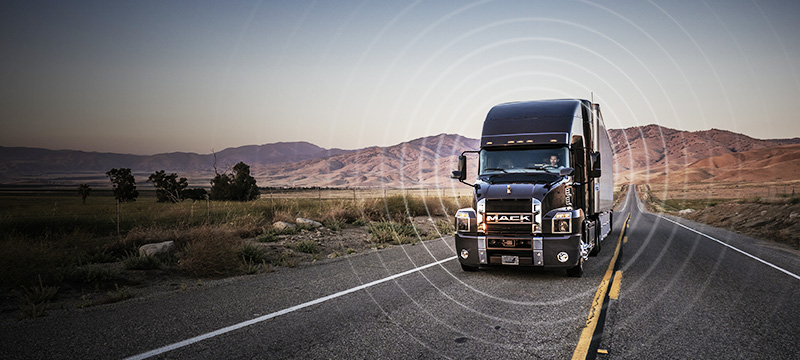

Commercial truck drivers face numerous safety challenges while on the road, from fatigue to unexpected maneuvers by other vehicles. However, advancements in technology offer effective solutions to mitigate such dangers.
Modern tech can enhance driver performance, reduce risks, and ensure regulatory compliance.
In this article, we’ll explore how these innovative tools contribute to safer journeys for commercial truck drivers and everyone else on the road.
Telematics: Revolutionizing Fleet Safety
Telematics systems transform commercial trucking safety. By collecting and analyzing real-time data from a vehicle’s GPS, engine diagnostics, and driving behavior, these systems provide insights that can reduce accidents. Drivers receive immediate feedback on their performance – speeding alerts or harsh braking notifications – promoting safer habits. Fleet managers can also monitor routes, ensuring adherence to regulations like mandatory rest periods.
Additionally, telematics track maintenance needs proactively, thereby avoiding mechanical failures that could lead to dangerous situations on the road. Through comprehensive data analytics, companies can identify patterns in driver behavior or vehicle issues. Addressing these trends improves overall fleet safety and efficiency.
Advanced Driver Assistance Systems (ADAS): Enhancing On-Road Safety
Advanced Driver Assistance Systems (ADAS) integrate sensors, cameras, and radar to aid drivers in real time. These systems include features like:
- Lane departure warnings.
- Adaptive cruise control.
- Automatic emergency braking.
- Adaption of speed according to traffic conditions.
When a driver drifts out of their lane or gets too close to another vehicle, ADAS alerts them or takes corrective action. So, this technology significantly reduces the risk of collisions by maintaining safe distances and preventing unintended lane changes.
Fleet operators benefit from reduced accident rates and lower insurance costs. By leveraging these automated systems, companies ensure safer journeys for both truck drivers and other road users.
Electronic Logging Devices (ELDs): Ensuring Compliance and Reducing Fatigue
Electronic Logging Devices (ELDs) automatically record a driver’s hours of service. By syncing with the vehicle’s engine, ELDs capture driving time accurately. This helps in adhering to regulations on rest periods, ensuring drivers do not exceed safe operating hours.
Fatigue is a major contributor to road accidents in commercial trucking. ELDs combat this by enforcing mandatory breaks – to keep drivers alert and reduce fatigue-related incidents. Compliance with these regulations helps fleet managers avoid hefty fines and legal issues.
In-Cab Cameras: Monitoring and Improving Driver Behavior
In-cab cameras provide real-time monitoring of driver actions and the road ahead. These devices capture footage from inside the cab, recording both driver behavior and external conditions. This dual-view perspective helps fleet managers assess driving habits accurately.
Drivers aware of being recorded tend to adopt safer practices, such as reducing distractions and maintaining focus. Additionally, in-cab cameras can alert drivers immediately if they display signs of fatigue or distraction.
Footage serves as a valuable training tool by highlighting areas for improvement during safety reviews.
Moreover, it could offer concrete evidence for disputed incidents. For example, if someone is injured in a truck accident and they are facing a truck accident trial, footage from an in-cab camera could help clarify that the driver was at fault.
Predictive Analytics: Anticipating and Mitigating Risks
Lastly, predictive analytics uses historical data, machine learning, and artificial intelligence to forecast potential issues in commercial trucking. By analyzing trends in vehicle performance, weather conditions, and driver behavior, predictive models identify risks before they escalate.
For example, if a pattern of frequent hard braking emerges with a specific route or driver, fleet managers can intervene early. This proactive approach prevents accidents by addressing underlying causes.
Additionally, predictive analytics helps optimize maintenance schedules. Identifying when parts are likely to fail ensures timely repairs (rather than waiting for breakdowns), which maintains vehicle safety standards.
The technology empowers companies to take preemptive actions that enhance both safety and efficiency on the road.
The post Roaring Ahead: How Tech Combats Commercial Trucking Dangers appeared first on IoT Business News.

